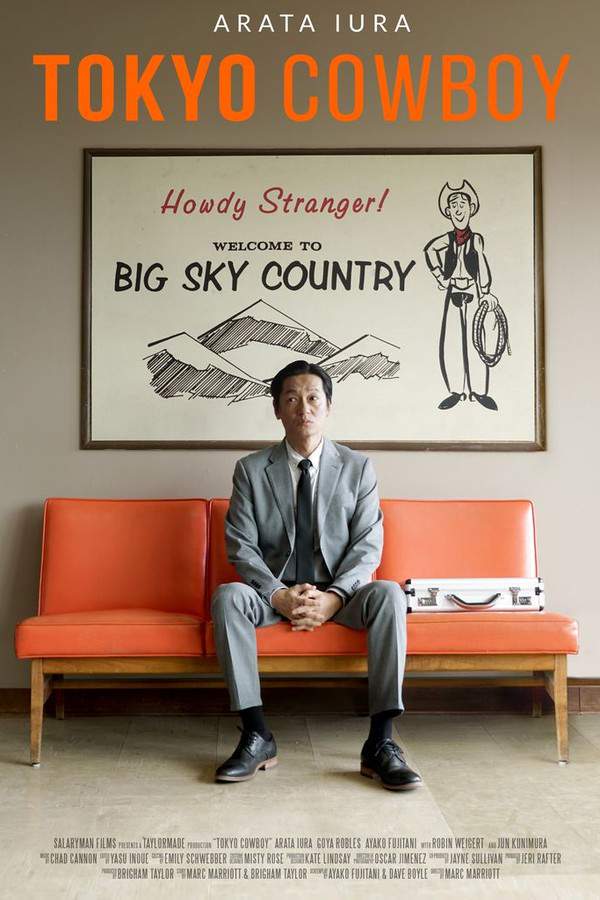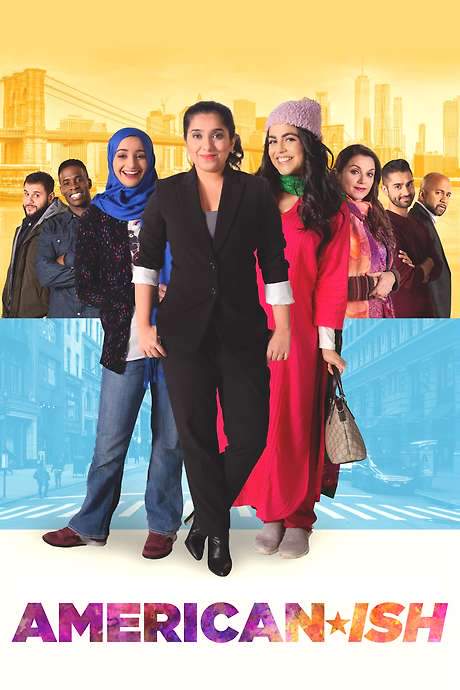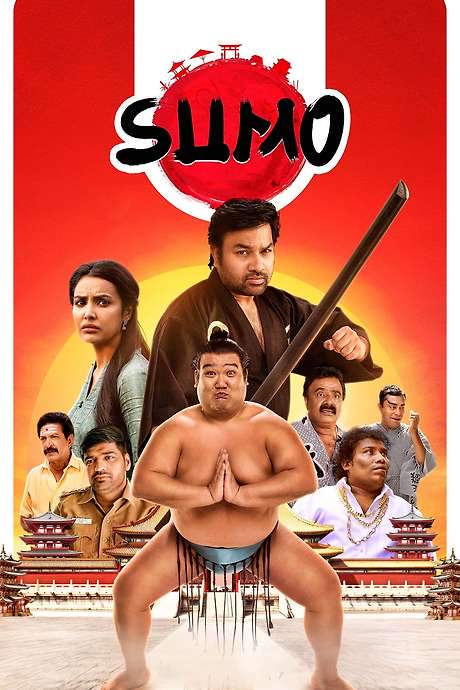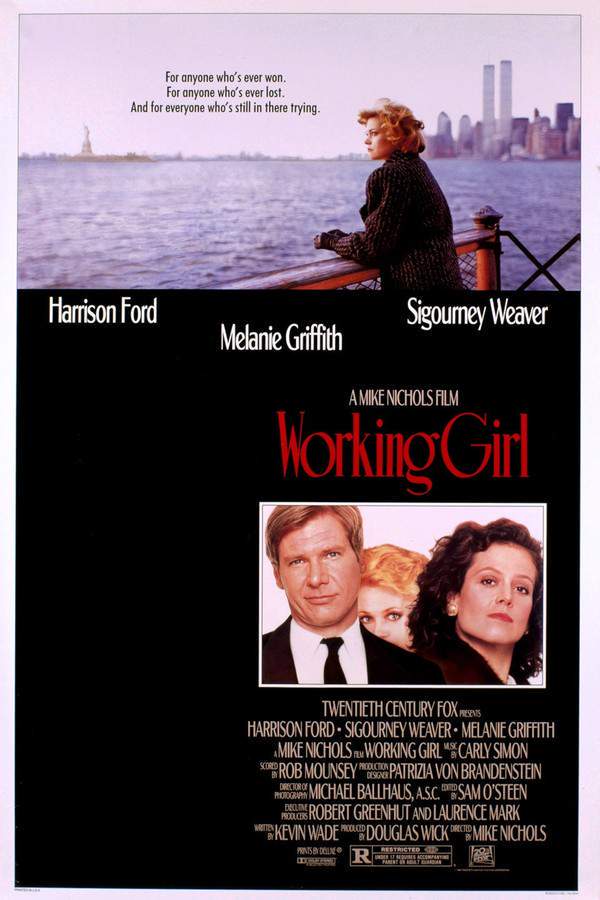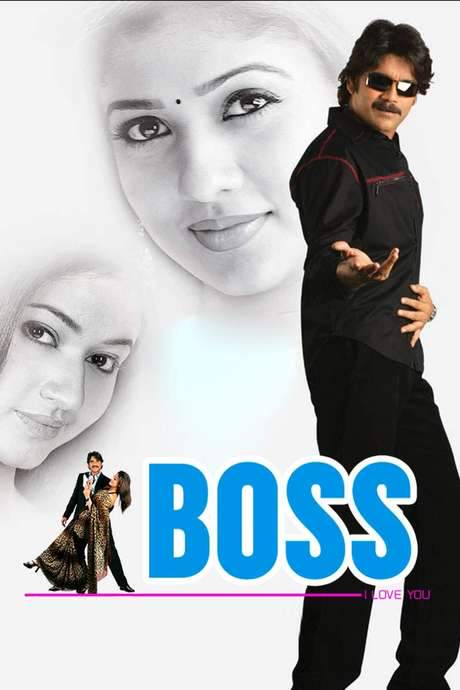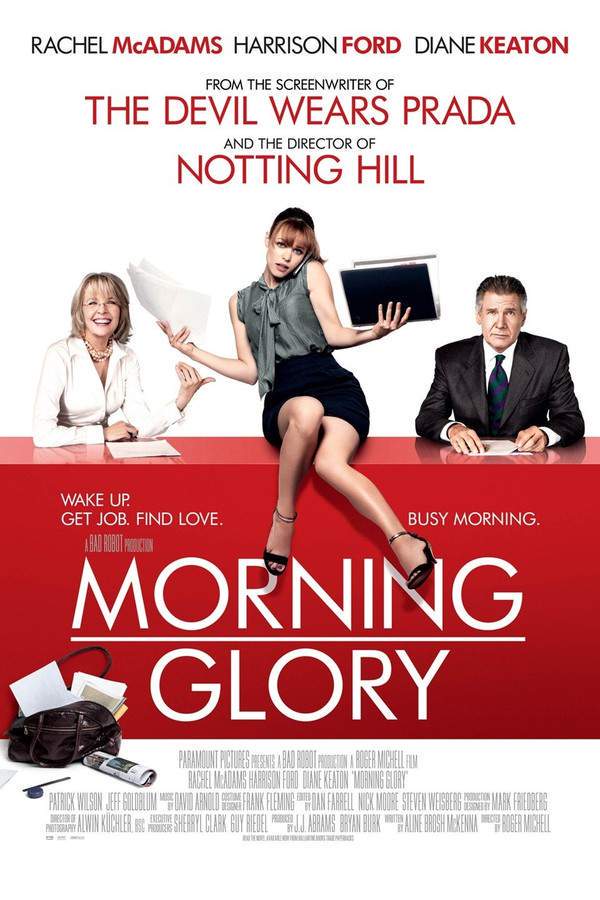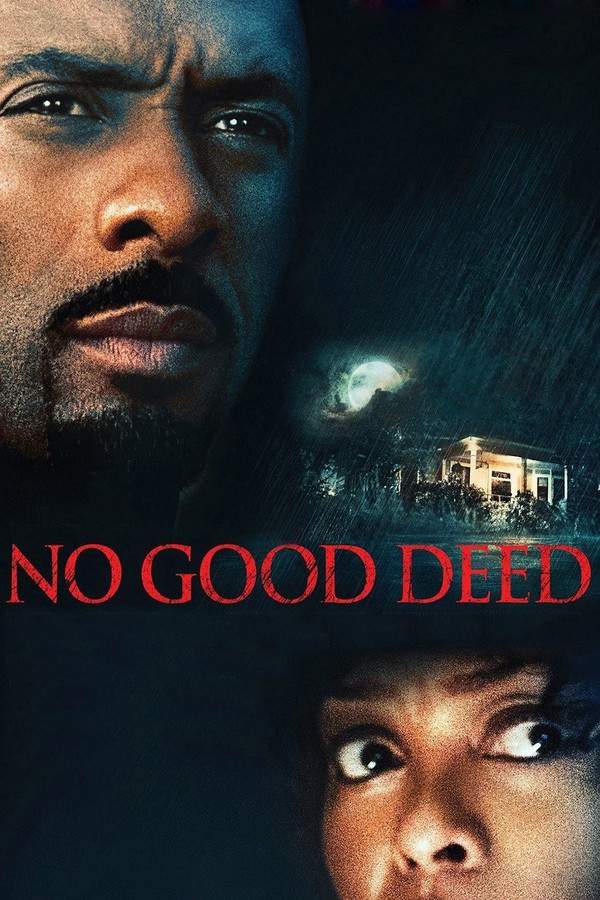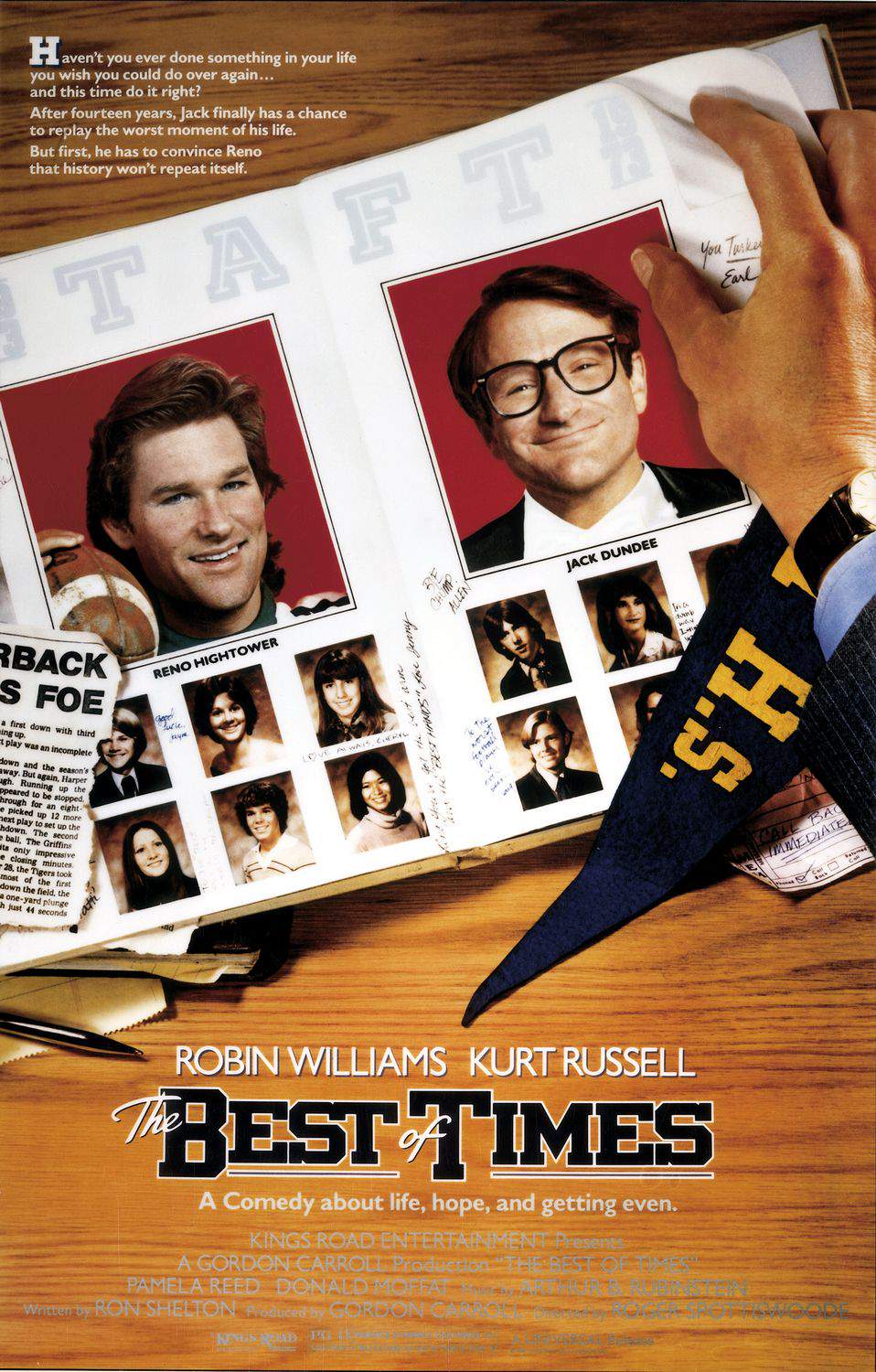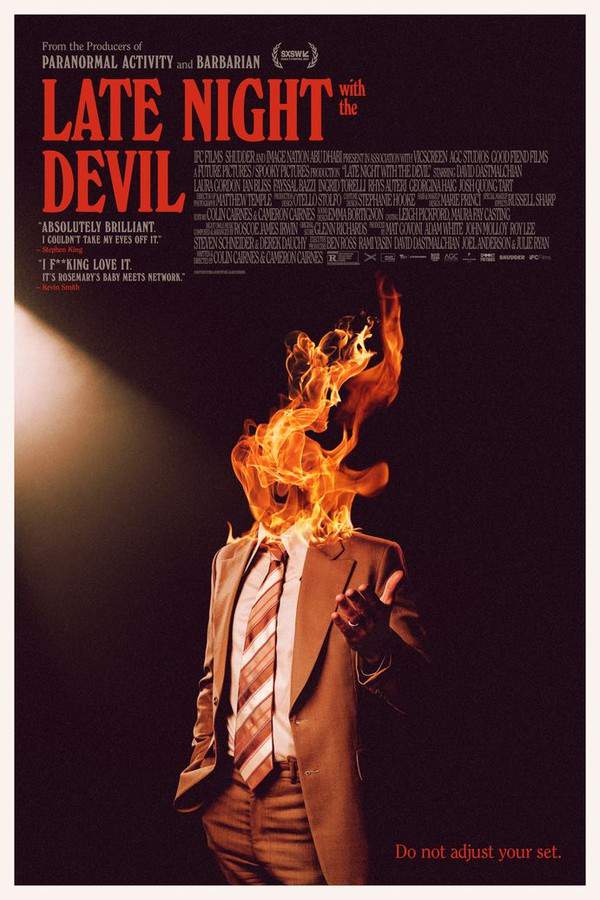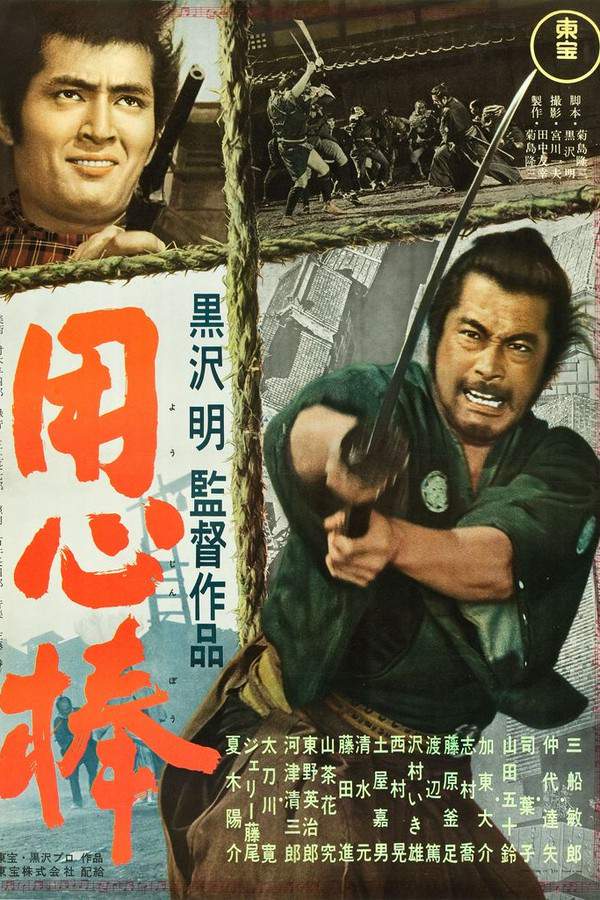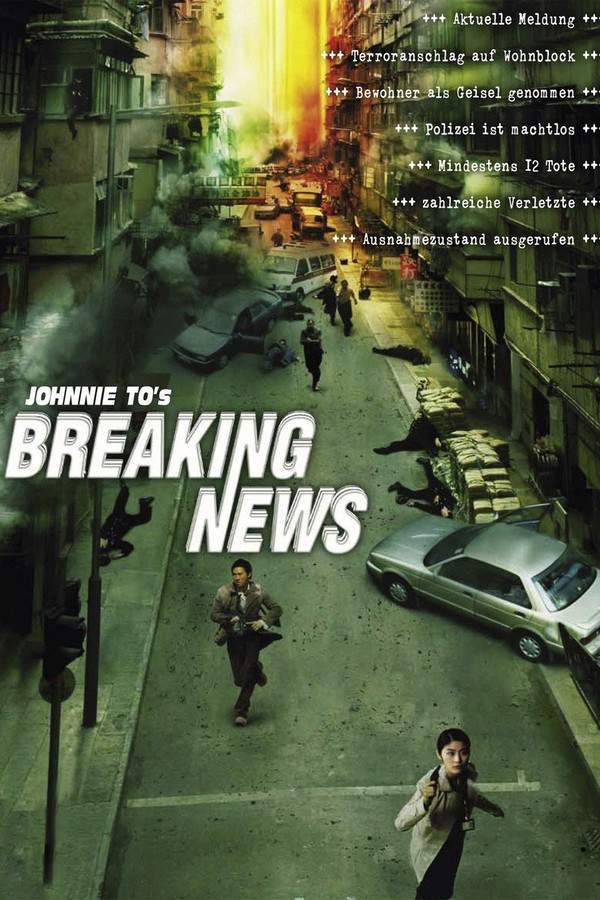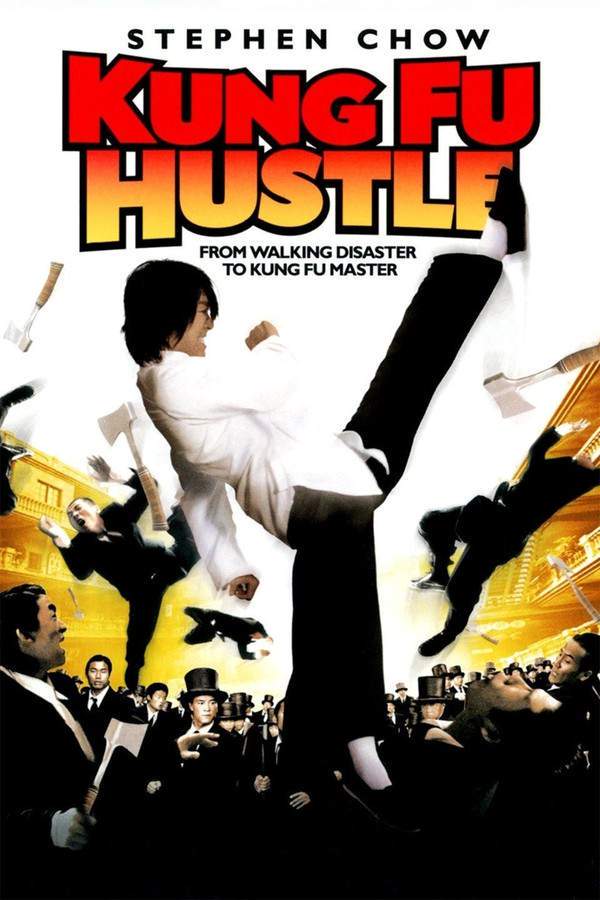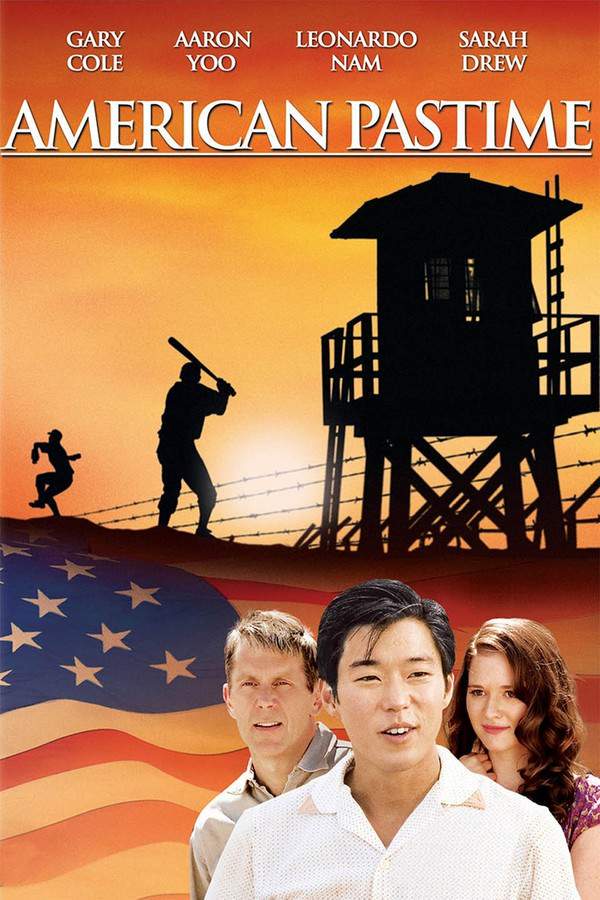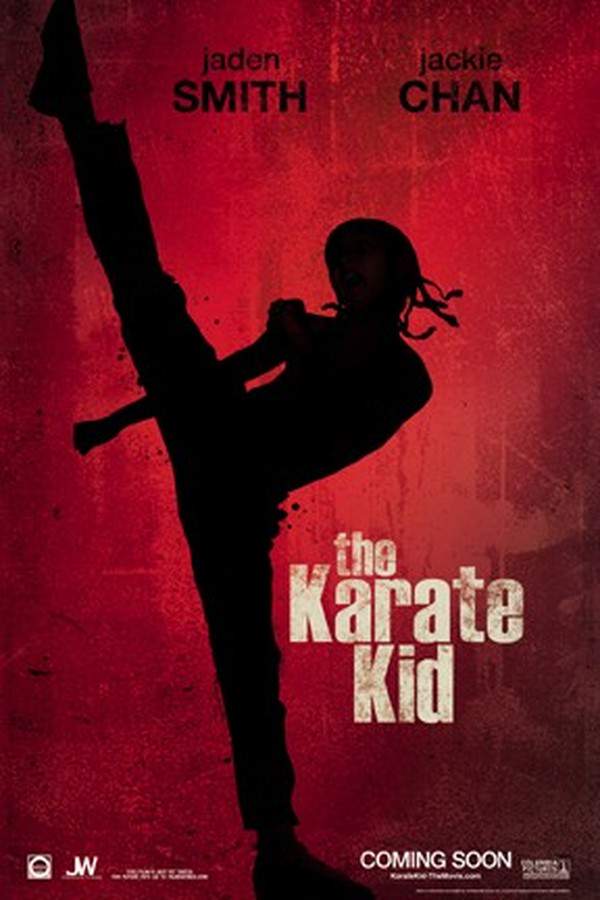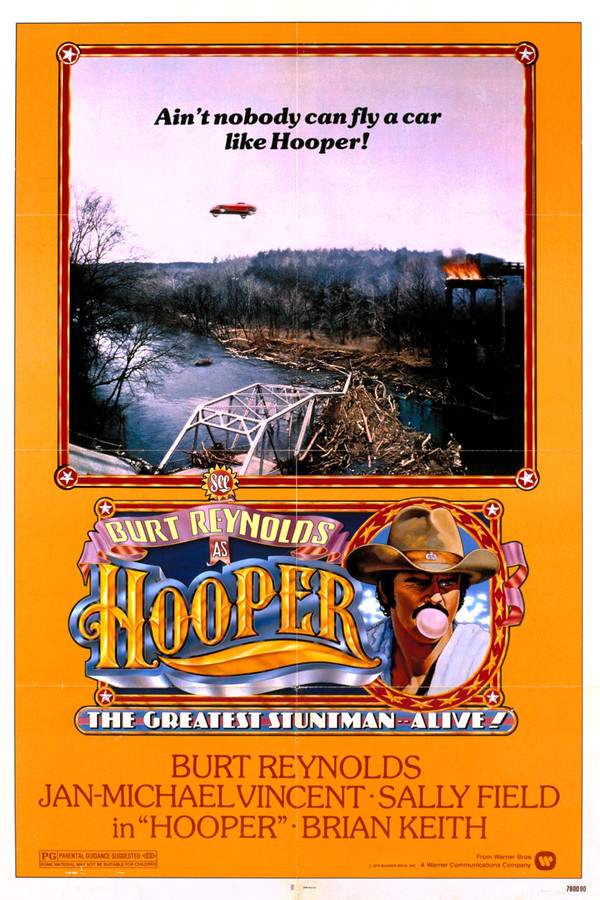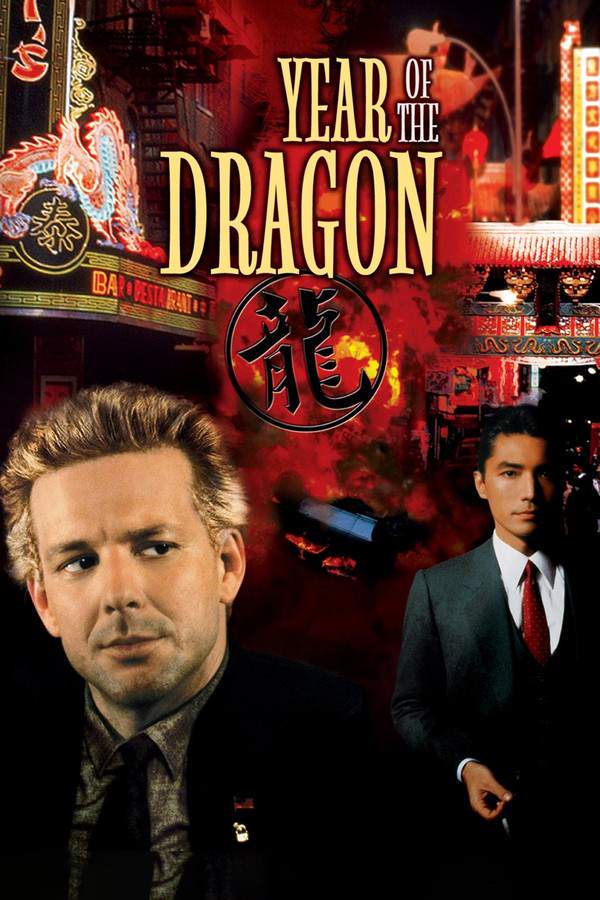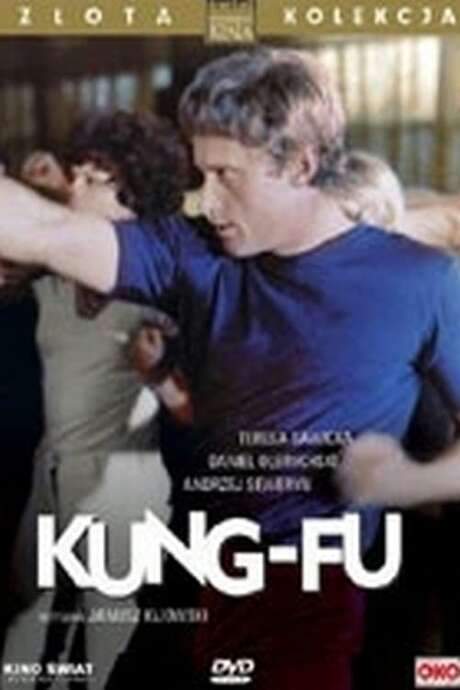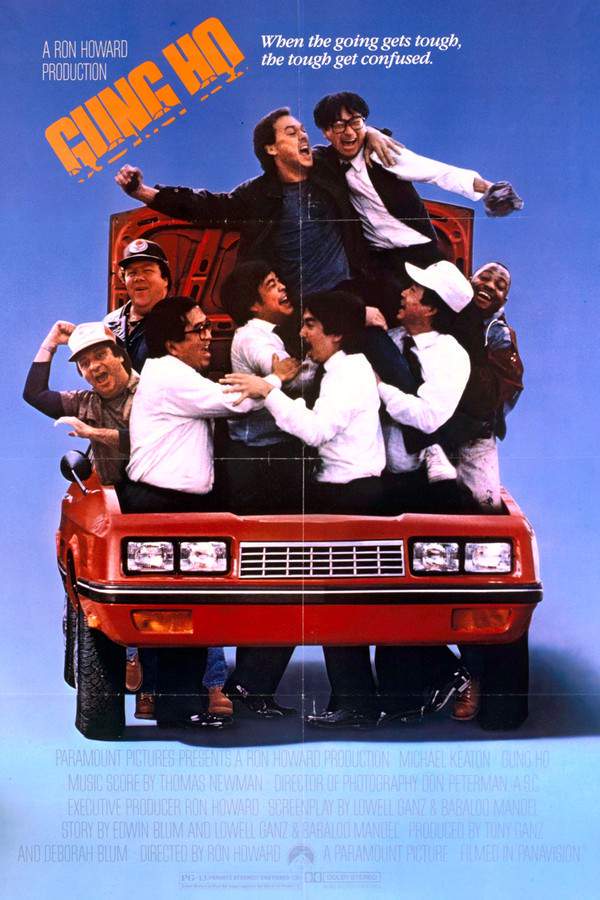
Gung Ho
Year: 1986
Runtime: 111 min
Language: English
Director: Ron Howard
When an American auto plant faces closure, a Japanese company takes over, implementing new and innovative management styles. Factory worker Hunt Stevenson finds himself caught between his colleagues’ skepticism and the unfamiliar corporate culture. He must learn to adapt and bridge the gap between American work ethic and Japanese business practices to save the plant and the jobs of everyone involved.
Warning: spoilers below!
Haven’t seen Gung Ho yet? This summary contains major spoilers. Bookmark the page, watch the movie, and come back for the full breakdown. If you're ready, scroll on and relive the story!
Gung Ho (1986) – Full Plot Summary & Ending Explained
Read the complete plot breakdown of Gung Ho (1986), including all key story events, major twists, and the ending explained in detail. Discover what really happened—and what it all means.
In a small town in rural Pennsylvania, the automobile factory has faced an economic downturn, remaining shut for a staggering nine months. However, hope arises when a Japanese corporation, Assan Motors, acquires the factory but requires convincing to resume operations. Enter Hunt Stevenson, played by Michael Keaton, who ventures to Japan to present a compelling case to Assan’s management. His efforts lead to a team from Japan traveling to America, resulting in the factory’s reopening, albeit with significantly lower wages for the workers than before its closure. Despite this setback, Hunt is celebrated as a hero for persuading management to take action.
As the factory commences its operations, a profound culture clash ignites. The Japanese management imposes strict regimens and productivity expectations, far exceeding what the American workers are accustomed to. Unpaid overtime becomes the norm as the management prioritizes output above all else, showing little concern for the workers’ well-being. Tensions bubble over, and the relationship between the workers and management turns increasingly adversarial. Serving as a liaison, Hunt attempts to ease tensions, yet his efforts prove futile when an incident during a company baseball game escalates things further, resulting in a worker purposefully colliding with a Japanese manager.
As the situation grows dire, Japanese management considers shuttering the factory unless Hunt can guarantee that they can replicate the output of a top-performing Japanese plant, specifically producing 15,000 automobiles in a month. This claim elicits a raised eyebrow from the management, but they ultimately agree that if Hunt’s team achieves this target, not only will the factory remain operational, but wages would also return to their prior levels. Conversely, failing to meet this production standard means the factory’s closure and no raises for the workers.
Hunt shares the news with the workers, but they respond with skepticism. To placate them, he erroneously suggests that a smaller raise would kick in if they produce 13,000 automobiles. The workforce, albeit reluctantly, commits to the lofty goal, yet after exhaustive hours that include weekends, they arrive at a conclusion: the target of 15,000 feels insurmountable, prompting them to pursue the lesser raise instead. After reaching the 13,000 mark, the workers decide to protest against management in the face of a disagreement. Now, Hunt finds himself in a compromising position, needing to confess to the town that he has committed to 15,000 cars, and failing to achieve this would have devastating economic consequences for the community. His reputation swiftly shifts from hero to scapegoat, inciting fury among his co-workers.
However, resilience kicks in as the team rallies together to address their differences with the Japanese management before the senior executive from Japan visits for a factory inspection. While they may have fallen short of their ambitious 15,000 goal, the Japanese executive is pleasantly surprised by the newfound camaraderie exhibited by both the American and Japanese workers. Appreciating the spirit of collaboration, he decides to keep the factory open and sanction full raises, setting a foundation for mutual understanding and cooperation going forward. Ultimately, both management and workers reach an agreement: management will ease their demanding standards and improve pay, while the workers commit to being more compliant and productive.
Last Updated: October 28, 2024 at 17:40
Explore Movie Threads
Discover curated groups of movies connected by mood, themes, and story style. Browse collections built around emotion, atmosphere, and narrative focus to easily find films that match what you feel like watching right now.
Culture Clash Workplace Dramas like Gung Ho
Stories where opposing business cultures must find common ground to survive.If you enjoyed the cultural and business friction in Gung Ho, you'll like these movies about workplaces where American and foreign business practices collide. These films explore adaptation, management styles, and the journey from conflict to collaborative success in similar steady-paced, hopeful stories.
Narrative Summary
The narrative typically begins with a crisis, such as a failing business, that necessitates an unlikely partnership. Initial clashes based on different work ethics, communication styles, and values create significant conflict. The story progresses through a series of negotiations and adaptations, where characters on both sides learn from each other, culminating in a successful fusion of the best elements from each culture.
Why These Movies?
Movies are grouped here for their shared focus on the specific dynamics of intercultural business relations. They share a mood that blends frustration with determination, a steady pacing that allows for nuanced exploration of systemic issues, and an ultimately hopeful tone about the possibility of mutual understanding and success.
Hopeful Stories About Saving a Community like Gung Ho
Hopeful tales where a town or workforce unites to overcome an economic threat.Fans of Gung Ho will appreciate these movies about communities banding together against economic odds. These similar films feature a steady pace, a mix of drama and comedy, and a ultimately happy ending where collective action and determination lead to a hopeful resolution for everyone involved.
Narrative Summary
These narratives often start with a grave external threat that disrupts the status quo, forcing a group of people to confront their differences. The central conflict is internal, pitting fear and skepticism against hope and ingenuity. The emotional arc moves from frustration and tension to a growing sense of purpose and collaboration, building towards a climax where the community's unified effort leads to a triumphant, heartwarming resolution.
Why These Movies?
These films share a core emotional journey focused on collective struggle and triumph. They possess a specific vibe: a medium emotional weight with high personal stakes, a balance of tense conflict and uplifting humor, and a consistently hopeful, inspiring tone that makes the victory feel earned and meaningful.
Unlock the Full Story of Gung Ho
Don't stop at just watching — explore Gung Ho in full detail. From the complete plot summary and scene-by-scene timeline to character breakdowns, thematic analysis, and a deep dive into the ending — every page helps you truly understand what Gung Ho is all about. Plus, discover what's next after the movie.
Gung Ho Timeline
Track the full timeline of Gung Ho with every major event arranged chronologically. Perfect for decoding non-linear storytelling, flashbacks, or parallel narratives with a clear scene-by-scene breakdown.

Characters, Settings & Themes in Gung Ho
Discover the characters, locations, and core themes that shape Gung Ho. Get insights into symbolic elements, setting significance, and deeper narrative meaning — ideal for thematic analysis and movie breakdowns.

Gung Ho Spoiler-Free Summary
Get a quick, spoiler-free overview of Gung Ho that covers the main plot points and key details without revealing any major twists or spoilers. Perfect for those who want to know what to expect before diving in.

More About Gung Ho
Visit What's After the Movie to explore more about Gung Ho: box office results, cast and crew info, production details, post-credit scenes, and external links — all in one place for movie fans and researchers.

Similar Movies to Gung Ho
Discover movies like Gung Ho that share similar genres, themes, and storytelling elements. Whether you’re drawn to the atmosphere, character arcs, or plot structure, these curated recommendations will help you explore more films you’ll love.
Explore More About Movie Gung Ho
Gung Ho (1986) Scene-by-Scene Movie Timeline
Gung Ho (1986) Movie Characters, Themes & Settings
Gung Ho (1986) Spoiler-Free Summary & Key Flow
Movies Like Gung Ho – Similar Titles You’ll Enjoy
Yojimbo (1961) Spoiler-Packed Plot Recap
Dai si gin (2006) Film Overview & Timeline
Kung Fu Hustle (2005) Ending Explained & Film Insights
American Pastime (2007) Story Summary & Characters
The Karate Kid (2010) Complete Plot Breakdown
Hooper (1978) Movie Recap & Themes
Year of the Dragon (1985) Film Overview & Timeline
Kung-fu (1980) Plot Summary & Ending Explained
The Crazy Companies (1988) Story Summary & Characters
The Crazy Companies II (1988) Complete Plot Breakdown
Gung Ho! (1943) Film Overview & Timeline
Hong Kong (1952) Spoiler-Packed Plot Recap
Half a Loaf of Kung Fu (1978) Full Movie Breakdown
The Geisha Boy (1958) Full Movie Breakdown
Tokyo Joe (1949) Full Movie Breakdown

